THE SEQULAE OF EMBODIED TRAUMA:
PERSPECTIVES FROM SENSORIMOTOR PSYCHOTHERAPY
TRAUMA SUMMIT BELFAST
WORKSHOP
MONDAY 17TH JUNE 2024
With Pat Ogden and Tony Buckley

Sensorimotor Psychotherapy Institute




PERSPECTIVES FROM SENSORIMOTOR PSYCHOTHERAPY
TRAUMA SUMMIT BELFAST
MONDAY 17TH JUNE 2024
With Pat Ogden and Tony Buckley

Sensorimotor Psychotherapy Institute



• Body-oriented, talking therapy developed in the 1980s by Pat Ogden, Ph.D.
• Enriched by the contributions from the fields of attachment, neuroscience, and dissociation
• Blends cognitive and emotional approaches, verbal dialogue, and physical interventions that directly address the implicit memories and neurobiological effects of trauma.
• Uses bodily experience as a primary entry point in trauma therapy; notice how the events or the “story” affect the body. (Ogden, 2002, Fisher, 2003)
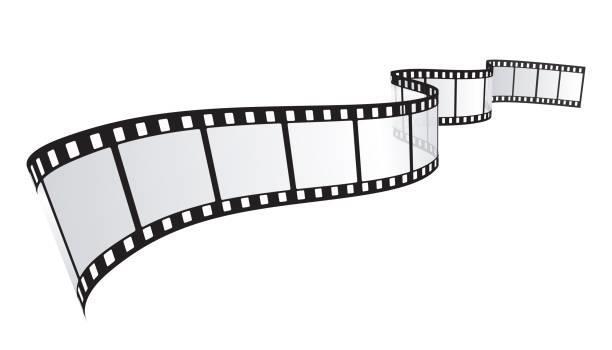

Ogden, PhD



Utilising the movies as metaphor we illustrate the sequence of activation/arousal through mind and body from first detection of threat stimulus right through to completed adaptive actions based on optimal survival response at the time of trauma.
Tracking the activation can lead to newer empowering capacities towards resolution of trauma. Sensorimotor Psychotherapy achieves this by optimising three interventions to engage and support completion of fixated traumatic patterns. These are orienting, reinstating active defence and sensorimotor sequencing.



Many metaphors through the years have used for general memory and persistent traumatic memories. Examples: Wax engraving
Print technology
Filing cabinet
Memory palace
Flashbulb memory
Kodak moment
Film/Movies
Computer technology


Its all about the frame
Act Acting out
Acting in Activation
Action

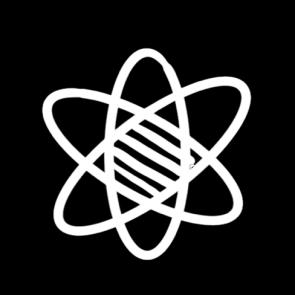



Sensory motor: I sense, I move: Sensorimotor Psychotherapy







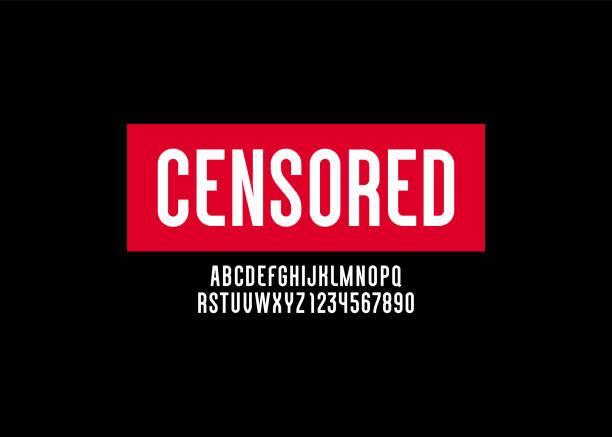

Which form of censor mind or body: Somatoform dissociation – or +, Pyschoform dissociation – or +


Consciousness acts like film board censor editing shocking scenes (dissociation) which are too disturbing or too overwhelming to integrate.
Edited cuttings become intrusive bi-phasic symptoms or dissociative parts. Dissociative phenomena can be studied through directed mindfulness.

Study of parts or other dissociative aspects of experience Fight, flight, Freeze, flop, ANP…..



Directed mindfulness is key to method in studying: regulation, strengths, somatic resources, activation, dysregulation, energy, tension, impulse, movement and triumphs.



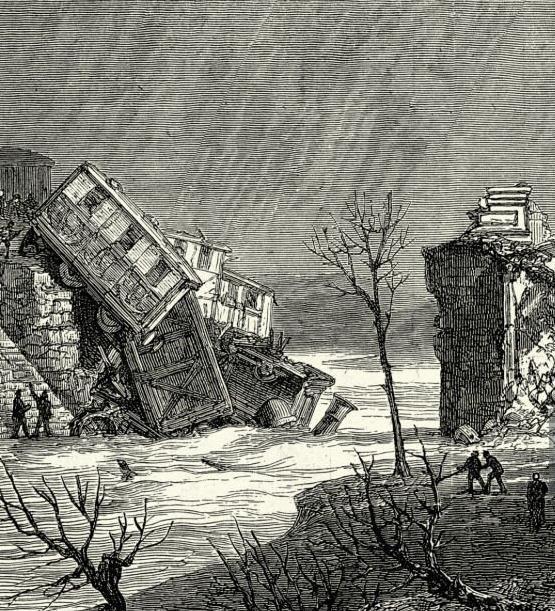
Example from history


‘Two ladies were my fellow passengers, an old one and a young one.’
‘suddenly we were off the rail, and beating the ground as the car of a half-emptied balloon might.’
‘Pray don’t cry out!’
‘We were all three tilted down together in the corner of the carriage and stopped.’
’Two of three hours work afterwards among the dead and dying surrounded by terrific sights, render my hand unsteady.’
‘You may be sure nothing worse can happen. Our danger must be over.’
Later: ’I am curiously weak-weak as if recovering from a long illness.’
’I cannot bear railway travelling yet. A perfect conviction, against the senses, that the carriage is down on one side (and generally that is the left, and not the side on which the carriage in the accident really went over”, comes upon me with anything like speed, and is inexpressibly distressing.’
(Forster 1969)
Cited in Michael R. Trimble
Post-Traumatic Nerurosis Wiley 1981


Somatic Resources for Interactive Regulation
Somatic Resources for Auto Regulation
• Proximity
• Boundaries and Defense
• Reaching out, holding on, and letting go
• Somatic Awareness
• Grounding
• Alignment
• Containment
• Centering
Ogden, 2002


The Implicit Self emerges in the present moment experience, comprising five “building blocks.”
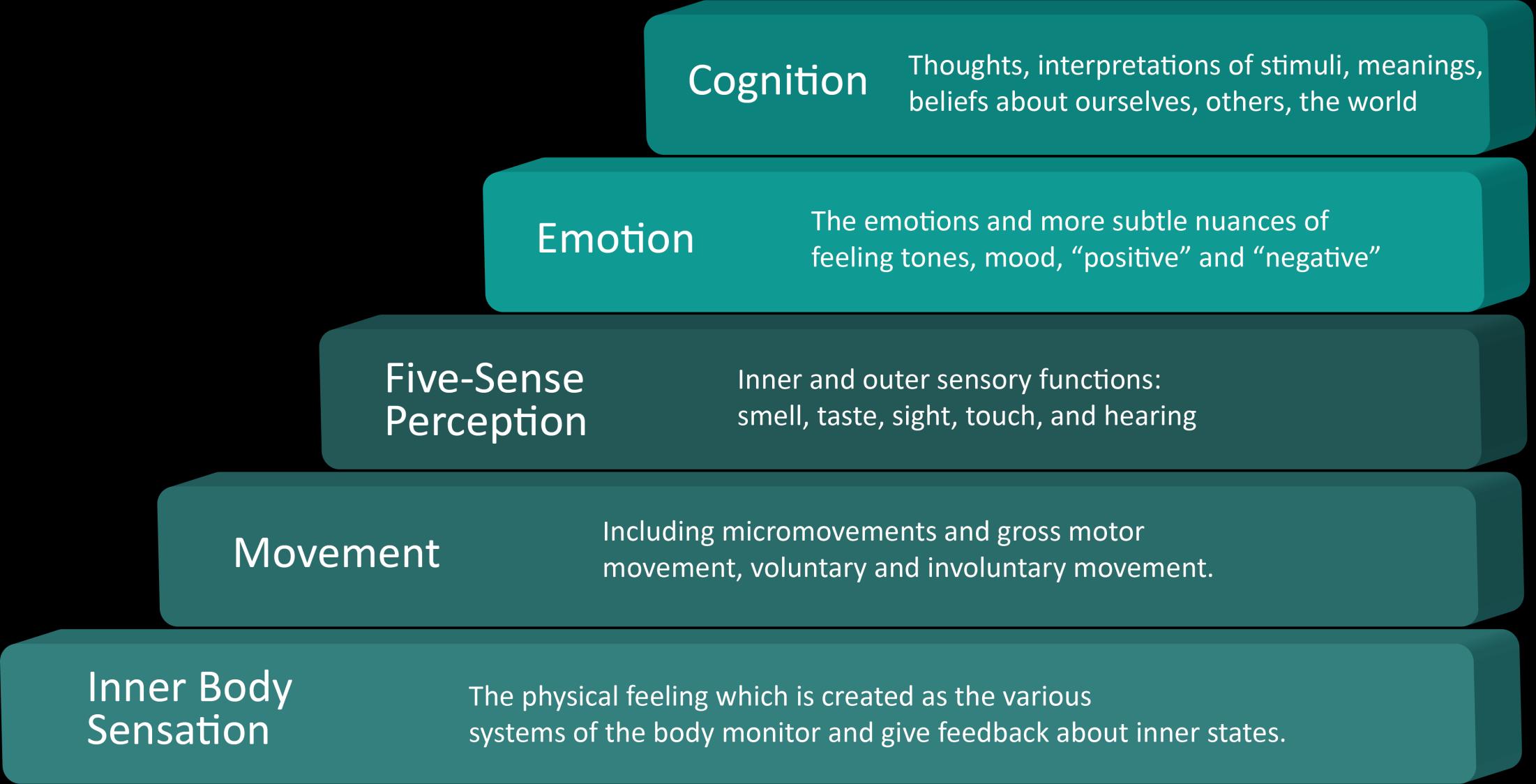



THERAPIST AND CLIENT
WHAT SHALL WE COLLABORATIVELY FRAME TOGETHER?


Treatment begins with one frame initiating mindful sequencing frame by frame Its all about the frame





‘Tension is a precursor to movement’ Pat Ogden








Boundary Intrusion
Reading our Peri Personal space (PPS): Boundary styles


Exploration begins with small micromovements which are often preparatory movements.
Involuntary movements are valued indicators of implicit or autonomic activations.
Voluntary movements from both client or therapist can be utilized for mindful experiments.


Stitching
Can we come back to that moment when you could sense the danger?
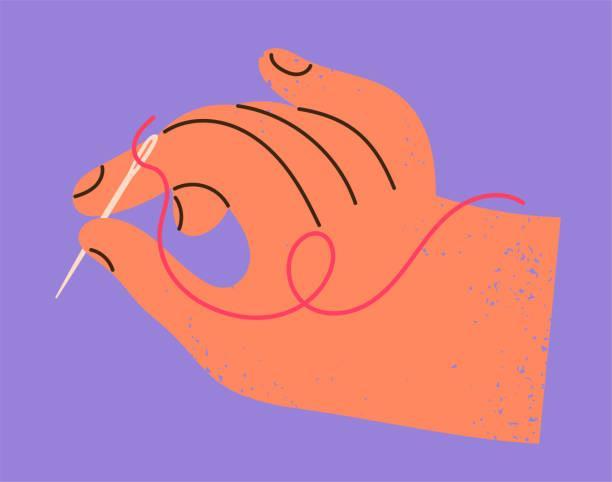
Unstitching
Drop that image. Drop that thought. Could we come back to focus on your breath right now?


Traumatized patients “…are continuing the action, or rather the attempt at action, which began when the thing happened, and they exhaust themselves in these everlasting recommencements.”
(1919/25)

Pierre Janet 1859-1947


“Sensorimotor Sequencing is a trauma processing technique that allows the patient to re-activate a ‘sliver’ of traumatic memory in a state of mindful dual awareness and then to facilitate the completion of physical movements and sensations that arise by “sequencing” them: i.e., allowing them to unfold moment by moment until they spontaneously complete or transform.”

Ogden and Minton 2000


By limiting information processing to the sensorimotor level
By asking somatic mindfulness questions
By keeping the process of sequencing moving through time
By expanding the client’s experience of time
By savouring the experience of transformation




Therapists should hold the intention that The body may need to complete an action which the client was unable to make at the time the original trauma.
Pierre Janet calls these “acts of triumph”
Trauma defenses can easily become disabled by overwhelm, dissociation speed of events, manipulation, grooming, being outnumbered or though learned passive habits and desensitisation processes.



“The patients who are affected by traumatic memories have not been able to perform any of the actions characteristic of the stage of triumph.” Janet, 1925 (p. 669)


The therapist must learn to observe in precise detail the moment-by-moment organization of sensorimotor experience in the client:
• Subtle changes: skin color change, dilation of the nostrils or pupils, slight tension or trembling, goose bumps, narrowing the eyes, micro-movements, etc.
• Obvious changes: collapse through the spine, turn in the neck, lifting the hands, a push with an arm, or any other gross motor movement.
(Ogden & Minton, 2000)


Fight: Movement, tension, or sensation in jaw, shoulders, arms, hands that are related to fight or pushing actions (fingers start to clench, or lift up); impulse to bite or growl
Flight: Movement, tension or sensation in pelvis, legs, feet; leaning backward, movements away; wanting to run
Cry for Help: movement, tension, or sensation in hands, arms, body that are related to actions of seeking help; Tension in throat, a feeling of sound rising up, impulse to yell.
(Ogden et al., 2006)


(OGDEN ET AL 2006)
Teach clients the difference between body sensation and emotion.
Not doing so will result in escalating arousal
Use sensorimotor processing to interrupt cycle of escalating arousal.
As attention is turned exclusively to sensation, emotion is disregarded until arousal has subsided.
Limit the amount and intensity of information to be processed so that it becomes more manageable

Stitching and Unstitching





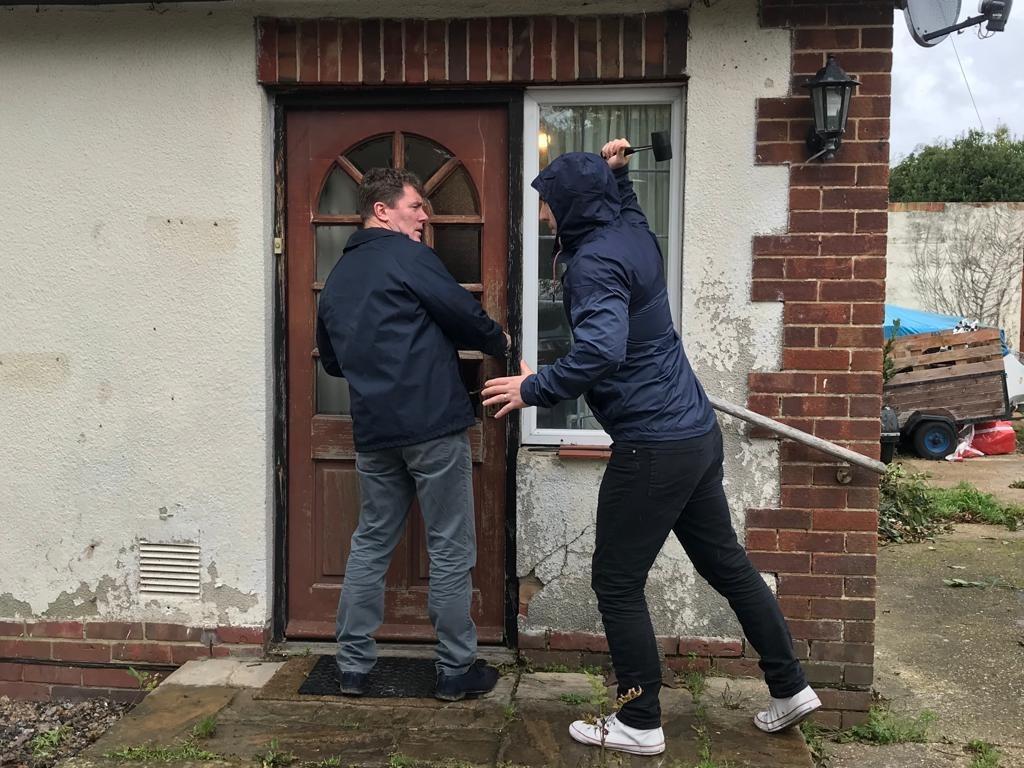



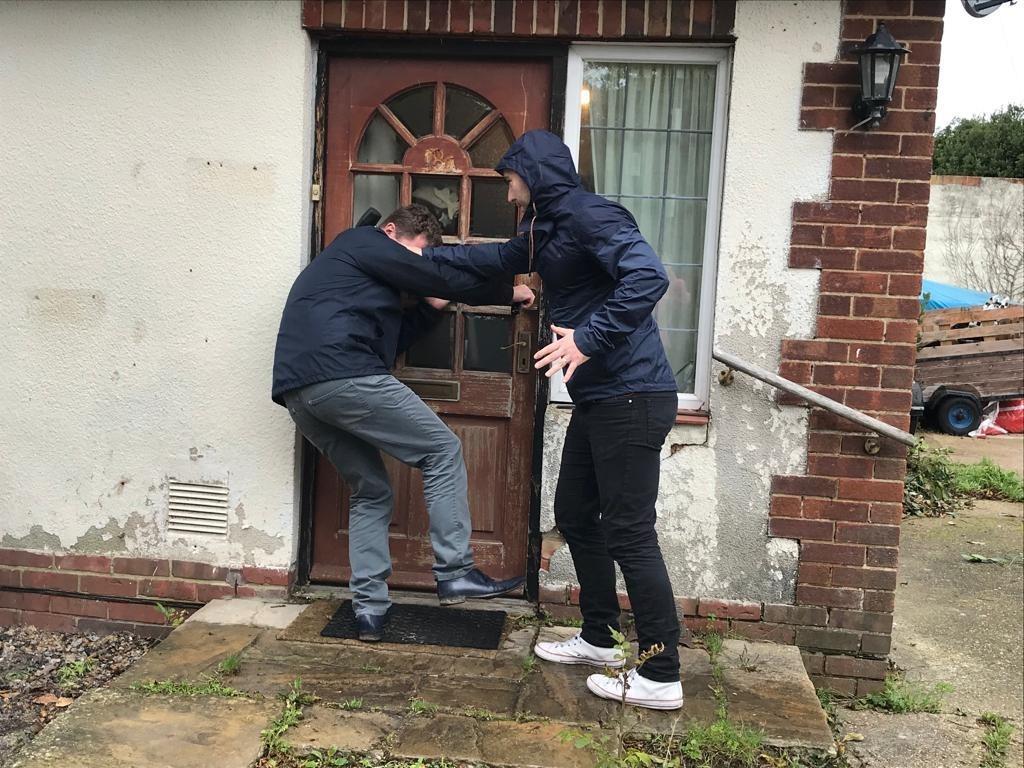
Surprise of attack creates overwhelm


Disables defensive repsones

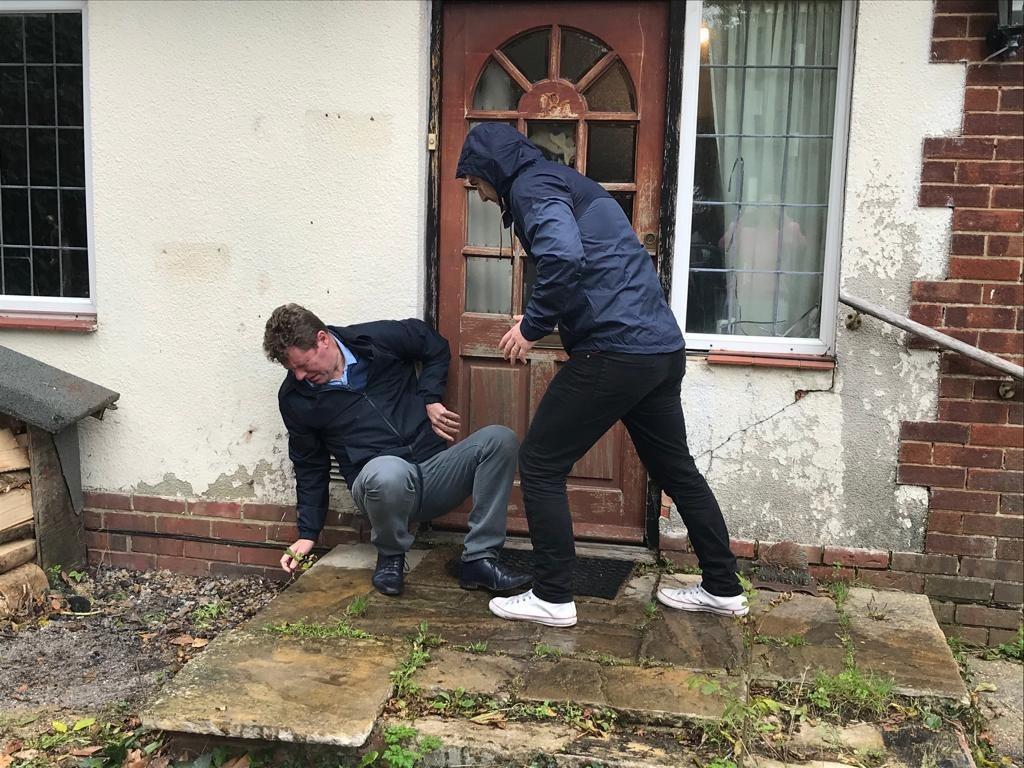
Results in traumatization, helplessness, hopelessness

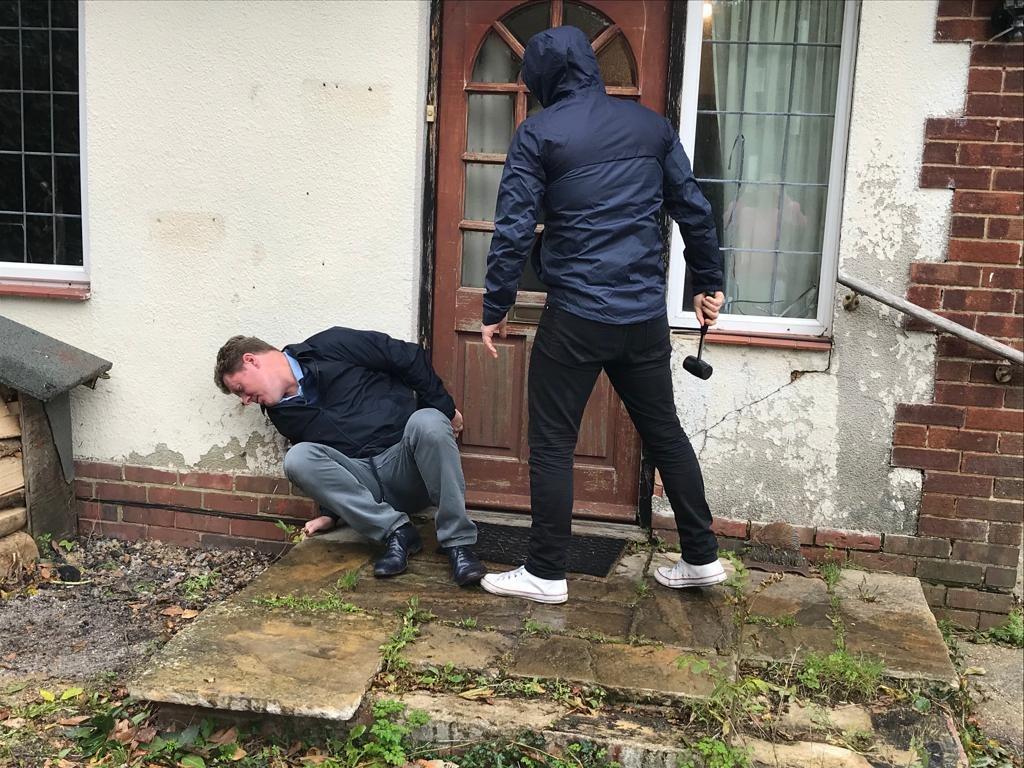
And hopefully academy award

Therapist and client collaboratively find innate involuntary, sensation, tension, impulse and micromovements which can lead to triumphant actions of empowerment mastery and resilience in the body.
This is achieved in phase two processing where the client can safely experiment within a resourced body with aim of reinstating active defenses thus discharging the unmetabolized nervous systems’ survival energy.


Simulated therapy. Frame this moment










Therapist offers resistance















Empowered defense action: Better movie












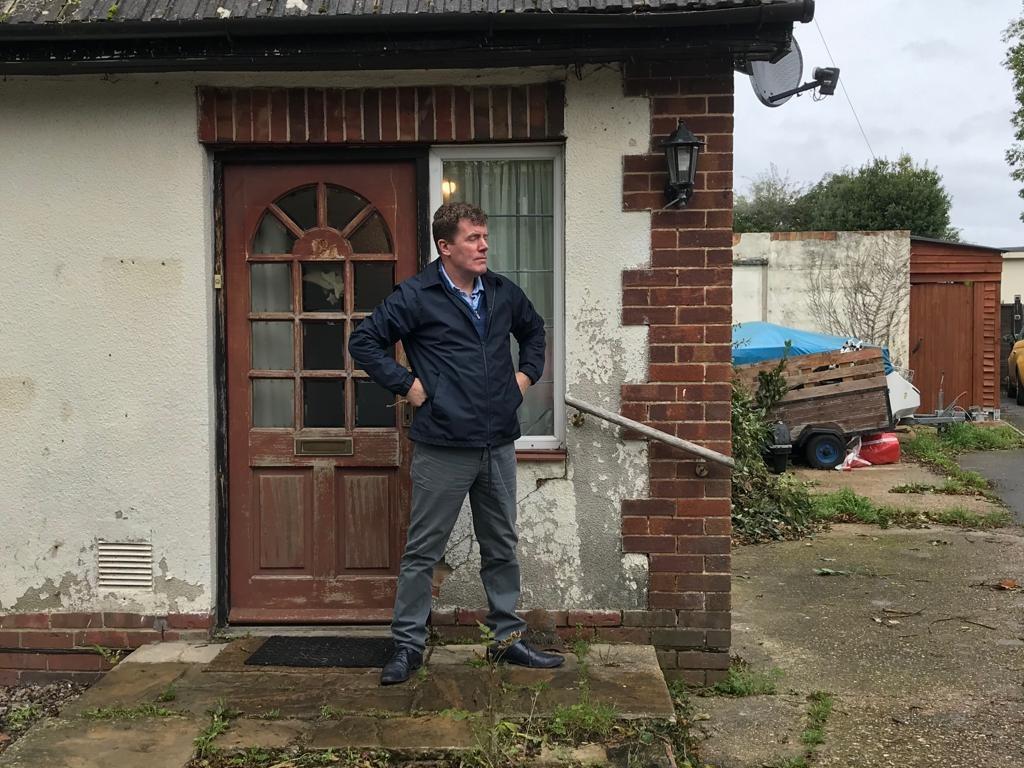
Triumphant posture stance





Sligo Level 1
1.November 15-17, 2024
2.February 14-16, 2025
3.April 4-6, 2024
4.September 20-22, 2024
Dublin Level 1
1.December 6-8, 2024
2.February 7-9, 2025
3.April 25-27, 2025
4.June 13-15, 2025
For more information visit: www.sensorimotor.org or contact:
studentservices@sensorimotor.org



